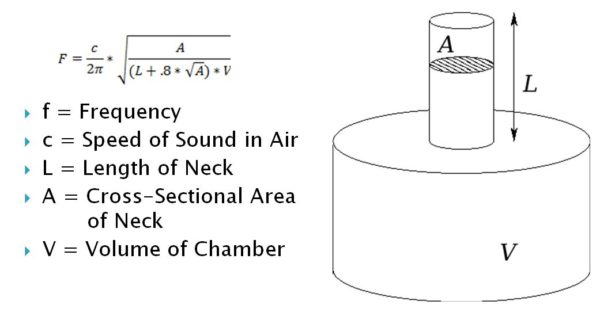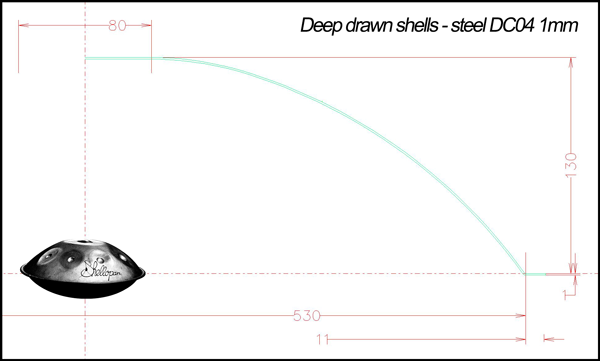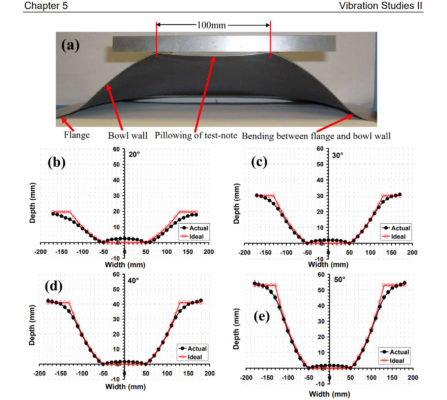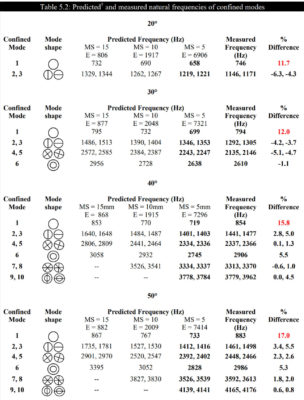In Stock and Custom Order Handpans for sale
The Shell is the Foundation of Hand Pan Building
There are many ways to shape a hand pan shell including by hammer, deep drawing, hydro forming and spinning to name a few. Each has pros and cons. Learn a lot more about these methods HERE.
But what about the shell shape?
How deep should it be? How wide should it be? What angle of slope is best? Does any of this functionally matter to the sound of the instrument?
Yes, each of these variables has a functional influence on the sound of the instrument and how it is played.
The hand pan shell shape influences:
- Helmholtz
- Zone of wave interference in the resonance
- Tuning techniques
- Shoulder tone presence and tuning (ie additional partials) of each note
- How the instrument is played.
Hand Pan Shell Depth
The hand pan is a descendant of the steel pan. Both have many similarities in tuning and structure. A steel pan can be as deep as 4 – 10″ (10 – 25cm) depending on the number of notes and their size. Most hand pan shells fall in the range of 4 – 6″ (10 – 15cm) deep. At Saraz, we have explored the common range of shell depths and found that different depths influence a number of variables including the following:
1. Thickness Profile due to stretch
Depth in combination with shell forming method has a significant influence on the stretch of the steel. The deeper an instrument, the more stretch there will be at some place in the thickness profile of the shell with most forming methods.
For example, on a hammered shell that is locked into a ring at the rim (as in the following video), most of the stretch will either be in the center 75% of the shell or in a doughnut shape between the center and rim if the center is avoided when shaping (or “sinking” as it commonly called).
On a hydro formed shell, the thinnest area will be in the center and gradually become thicker toward the rim. On a drawn shell, the thinnest part can be near the rim depending on the amount of slippage allowed during the forming process. An example of a Shellopan drawn shell being formed is in the following video:
Why Does Thickness Matter?
The thickness of the steel will influence note sizes significantly! Thinner steel leads to smaller note sizes while thicker steel leads to larger note sizes.
Thickness will also influence how the instrument is tuned. Thinner steel is more influential and sensitive to the hammer. If a tuner wants to sharpen a fundamental quickly for example, striking the thinner steel is the most efficient place to hit. If on the other hand, the tuner wants to influence the harmonics with minimal influence to the fundamental, the thicker steel can be used to achieve this.
Thickness profile of a steel sheet is ultimately a factor of how the sheet is stretched to a certain depth in combination with the diameter and forming method.
2. Helmholtz
The taller the instrument, the greater the cavity volume and therefore the lower the Helmholtz tone.

3. Play ability
If an instrument is too tall, it will be difficult to play in one’s lap and may require a stand.
4. Slope
The steepness of the shell slope will influence the number of shoulder tones and their tuning. The taller/deeper the shell, the greater the slope. More about this variable below.
This all begins with shell depth. From shaping to tuning and finally playing the instrument, depth has a significant functional influence.
How does width/diameter influence a hand pan?
Common hand pan diameters are 19-24″ (48-61cm). At Saraz, we have been building instruments on 19″, 20″, 53 cm, and 21″ since 2015. As one of the first hand pan builders to explore multiple sizes, we helped pioneer a great deal of the data about the influence of diameter and shared it with the world. There are also a few builders including Axiom Hand Pans that have explored widths much smaller (12″ or 14″). Yes, they were adorable and sounded awesome! 😉
Like depth, the diameter will also influence the stretch and therefore thickness. The diameter will influence the cavity volume and therefore the Helmholtz of the instrument. Diameter in combination with depth will influence the slope and therefore shoulder tone tuning and number of partials present in a note (discussed below). Finally, also like shell depth, the diameter is very influential on how the instrument is played. The wider an instrument, the more difficult it will be to fit on a players lap or be played by someone with shorter arms. In these situations, it will require a stand.
Wave Interference Range
Diameter is especially influential on the wave interference range of the internal resonance. You can find a lot more information about this HERE. Basically, each diameter will have a range where note resonance sounds horrible. For example, Bb4 on a 21″ diameter shell wobbles uncontrollably and sounds horrible without significant internal baffling mitigation. While depth and port design also have influences on the zone of wave interference in the resonance, diameter is by far the most influential variable in our research and experience.
What is the influence of Slope on shoulder tones?

*Photo Credit: Shellopan Fablab
Soren Maloney’s Doctorial Thesis. (Note the link will download the 245 page PDF) discusses this topic in depth. Others such a Anthony Achong have also discussed the topic at length.
In Chapter 5 of the thesis, Maloney discusses the influence of slope on the number of partials in a note membrane. In his research, he found that for a 20° slope, there were 3 main partials (fundamental and 2 harmonics on the x and y axes). At a 30° slope, there were 6 partials and at a 40 – 50° slope, there were up to 10 partials on the specific shells and note membrane size used in his research.


What does this mean in common hand pan terms?
Basically, the slope of the shell influences the number of “shoulder tones” as they are often referred to by hand pan players. These are notes that are most easily activated by striking the edge of the note. These tones can however also sometimes be heard when playing the note membrane, especially on larger notes. Slope can influence shoulder tones on both the side notes and the center note. If these tones are unwanted (such as is typically the desire on side notes), one will have to design their note sizes and note borders in order to compensate or mute the additional partials.
The lower the note, the harder it is to mute shoulder tones however. This is particular true on the center note, which Maloney’s thesis specifically discusses in chapter 5. In this situation the builder must decide whether to ignore and accept these additional partials, try to silence them through note border and membrane design, or tune them.
At Saraz, we offer 3 Series of instruments. Shoulder tones are one of the primary differences between our most affordable Enthusiast Series (without tuned shoulder tones) and our Meditation and Professional Series instruments, which both have tuned shoulder tones. While occasionally, one can get lucky and have shoulder tones fall into tune easily, it can also take a tremendous amount of work to tune them.
In tuning shoulder tones (especially on a center low note), the slope of the shell is particularly important and at least as influential as note shape, border design, and membrane tension. Given the other variables are consistent, a deeper shell with a greater slope will result in the shoulder tones going higher or sharper in pitch. For example, a 4″ deep shell with a 21″ diameter and more rounded shape with less slope at the border of the center note will lead to shoulder tones that are generally lower or flatter in tone. A taller shell with greater slope at the border of the center note will lead to shoulder tones that are higher or sharper in tone. Perhaps one way to think about this is like the pinch of a door hinge. The more open the door is, the bigger the vibrations can move through the hinge and therefore lower partial pitch. The more closed the door is, the more the hinge is pinched and the smaller the vibration, therefore higher pitched partials. Like many variables in building hand pans, there are exceptions to this depending on the shape of the membrane, the note border, and how the shell was formed, which are each equally important variables. The slope of the shell is one of the primary foundations of the equation however. It is like the wall to which the door hinge is attached.
In summary, the bowl shape of a hand pan shell is not just for aesthetic appeal.
The depth, diameter, and slope of the shell has a highly functional influence on the thickness of the steel, the resonance, how the instrument is shaped, tuned and ultimately played.
![]()
*Picture of an Ayasa Drawn Shell by Ayasa Instruments







